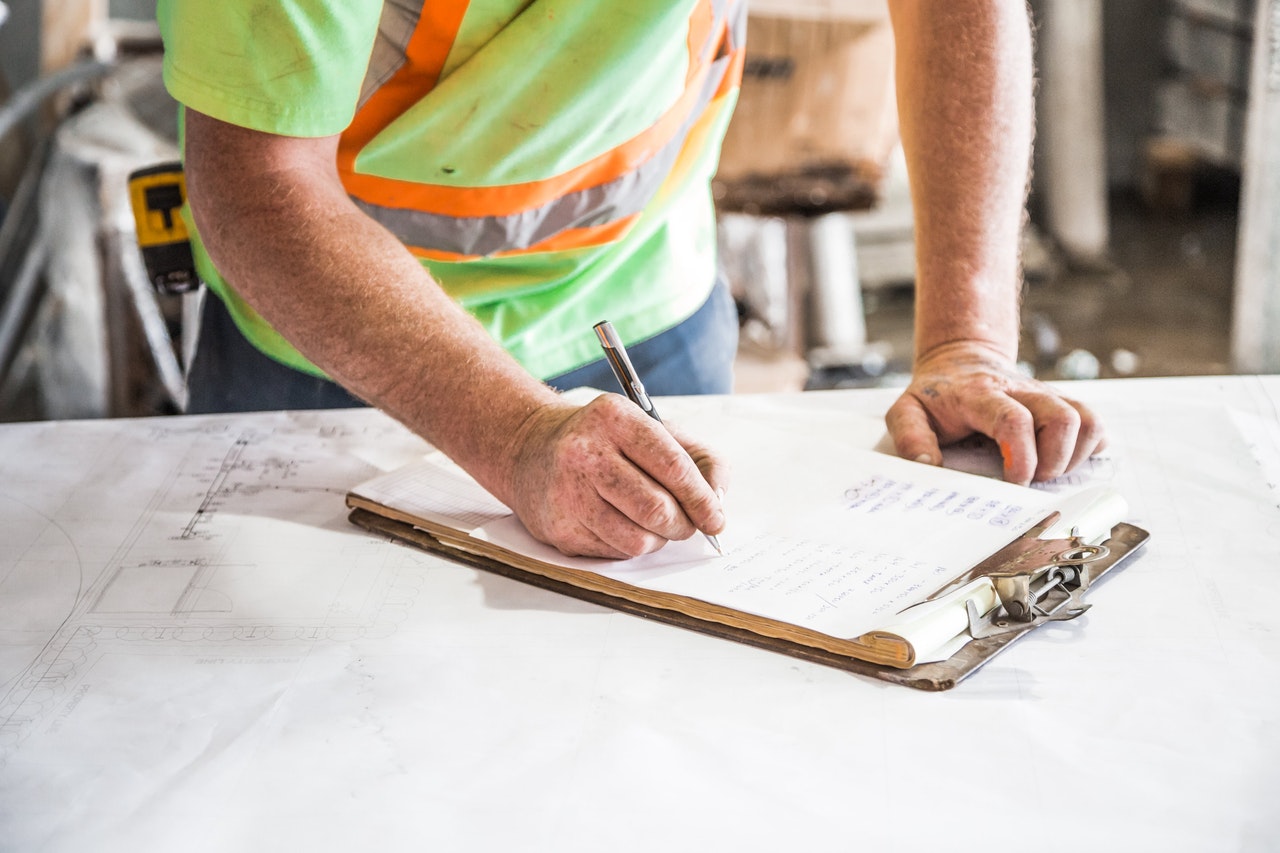By Chris Kelner, national director of preconstruction for Kiewit Building Group Inc.

While industry experts question just how deep and long-lasting the economic impact of the COVID-19 pandemic will be, contractors can support healthy development during the current downturn with solutions to mitigate risk and create project certainty in such uncertain times.
COVID-19 has undoubtedly challenged our industry as much as any crisis we’ve seen in decades. But it is not the first unplanned event or crisis we’ve collectively faced, and it won’t be the last. Out of necessity, contractors have particular expertise managing outcomes despite unpredictable circumstances. What drives success is the ability to integrate industry best practices and experience with reliable data derived from advanced technologies. All of these variables need to be synced to create an accurate picture of project risks, with flexibility to ensure the plan can adapt throughout the lifecycle of the project. More than ever, clients need our planning skills to increase certainty and capitalize on the current economic headwinds.
Importance of Data
At the earlier stages of planning, it is important to start with data as a tactic to improve our communication and connect the many spokes within a project’s wheel. Without data, it is impossible to maintain an accurate view of the current state of the project based on changing conditions, both in terms of timeline and budget impacts.
Today, most companies are investing in technology solutions to forecast and model project milestones with precision, a step that effectively removes and/or mitigates human error at each step of the plan. There are many programs on the market that can help establish one source of truth at the beginning of the project and translate that truth through preconstruction, operations and closeout. By taking this, we can be more effective in connecting the spokes of the wheel without the opportunity for bias to
influence that truth; everyone touching the project is operating from the same data.
When we use data from each stage of the project to inform the next, we dispel bias in information sharing, which in turn, creates efficiencies and removes guesswork that is prone to bias. This leads us to a high standard of data credibility and eliminates the potential for inaccuracies that might negatively impact project certainty.
Man Power
The rising use of technology in project planning has given us sophisticated tools to speed up timelines, remove the potential for human error and create cost-savings for clients; however, humans still play a critically important role in building productive plans. The very best data cannot substitute knowledge and experience gained through years of planning and decision making. Once you have established a foundation of data to provide reliable information, you need to involve experienced people in the planning process to adjust for the realities that computer models simply cannot identify. This layer of planning can only be informed by the insights gained from years of experience in construction.
There are certain scenarios that you simply cannot plan for. In these instances, old school techniques still provide tangible value in today’s technology-driven project environment. Modeling schedules will give you both a general overview and details behind a project timetable, but you need the experience of a builder to interpret potential impacts. Similarly, computer models may help visualize how schedules can adjust to various project delays, including weather-related events, supply chain disruptions that might cause material, parts or equipment shortages, etc., but they lack the human intuition and instinct to guide decision making on when to act, and how to minimize impacts from those disruptions.
The plans that provide the most value to contractors establish a productive balance between technology-based decision making and experience-based decision making, so that they might work together. You cannot allow decisions to be made without information provided by both people and technology. These factors must be in balance to have a high-function plan.
Plan Ahead
The final element of a productive plan relies heavily on the financial standing of the contractor. Contractors who can maintain a strong balance sheet provide stability, which is invaluable to clients who are riding waves of constantly changing market conditions right now. Contractors who maintain a long view of the project and operate with enough cash will be in a better position to guarantee project certainty and withstand the many external forces that are creating today’s market volatility.
In any business that deals with so much complexity, it is essential to have a plan, but even more important that your plan has the ability to evolve and adapt to changing conditions. This changeability ensures plans are realistic, actionable and capable of supporting sound decision making. By investing time to strategize a complete plan – one that depends equally on advanced technologies and the expertise and skill of humans – contractors can present a clear view of external threats and the varying ways they can impact a project. With a comprehensive picture that’s always up to date, we are in the best position to give clients a clear understanding of the overall investment and create confidence in project certainty.
Chris Kelner leads all of Kiewit’s preconstruction, business development and marketing efforts across the country. Kiewit Building Group Inc. is a key operating entity of the Kiewit Corporation. Chris Kelner can be reached at chris.kelner@kiewit.com.









